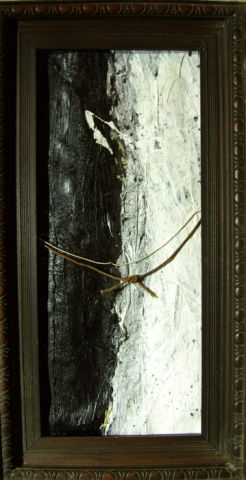In response to Rob Turner’s comments below:
Rob thank you so much for your comment. It’s funny, I read your post the other day on technology and I wondered if you had read something I had written, and then I found your comment on my post. I’ll elaborate, if I may….
I read something once, written by Arnold Toynbee, which chilled me to the bone. He said, (and I’m paraphrasing), the breakdown of civilization happens when it becomes focused on militarism and new technologies, to the detriment of the arts and other cultural activity. It had an immediate effect on how I saw art-making. It is the reason I work with gesture, I want never to forget there is a person behind the art.
Clearly, the breakdown of civilization is a complicated thing and involves more than the cessation of a society to create (again paraphrasing Toynbee), but the effort to keep the arts alive and valued is vital. Art balances society. Culture keeps us civilized. New technology is not a bad thing and art made from new technologies is not a bad thing either. But loosing sight of why art is important in the scheme of things is bad.
I remember an image from the Bosnian War of the man playing his cello amidst the total destruction of war (http://en.wikipedia.org/wiki/Vedran_Smailovi%C4%87). His bravery wasn’t because he placed himself in the midst of war, unprotected; his bravery was to remind the world of its humanity, to defy savagery and atrocity.
I just find these social aspects compelling and it is why I do what I do.
Indeed, you may be so bold, thank you for the comment on my work. I value that and I invite comment. I agree with your view. The digital work lacks the hand, doesn’t it? Perhaps there is something of significance; the work which comes from the body as well as the mind is more compelling that that which comes from the mind and technology which nullifies the body (in this case, perhaps). Even though the digital work comes from my paintings and is self-referential, there is a distance, a removal. It is the reason I switched my medium from photography to painting, I simply missed the hand. I find though, that now I miss photography and the digital is an effort to work again with it. I think there may be an issue of scale with these works. I can imagine them very large and perhaps they would benefit from being experienced in a larger scale.







